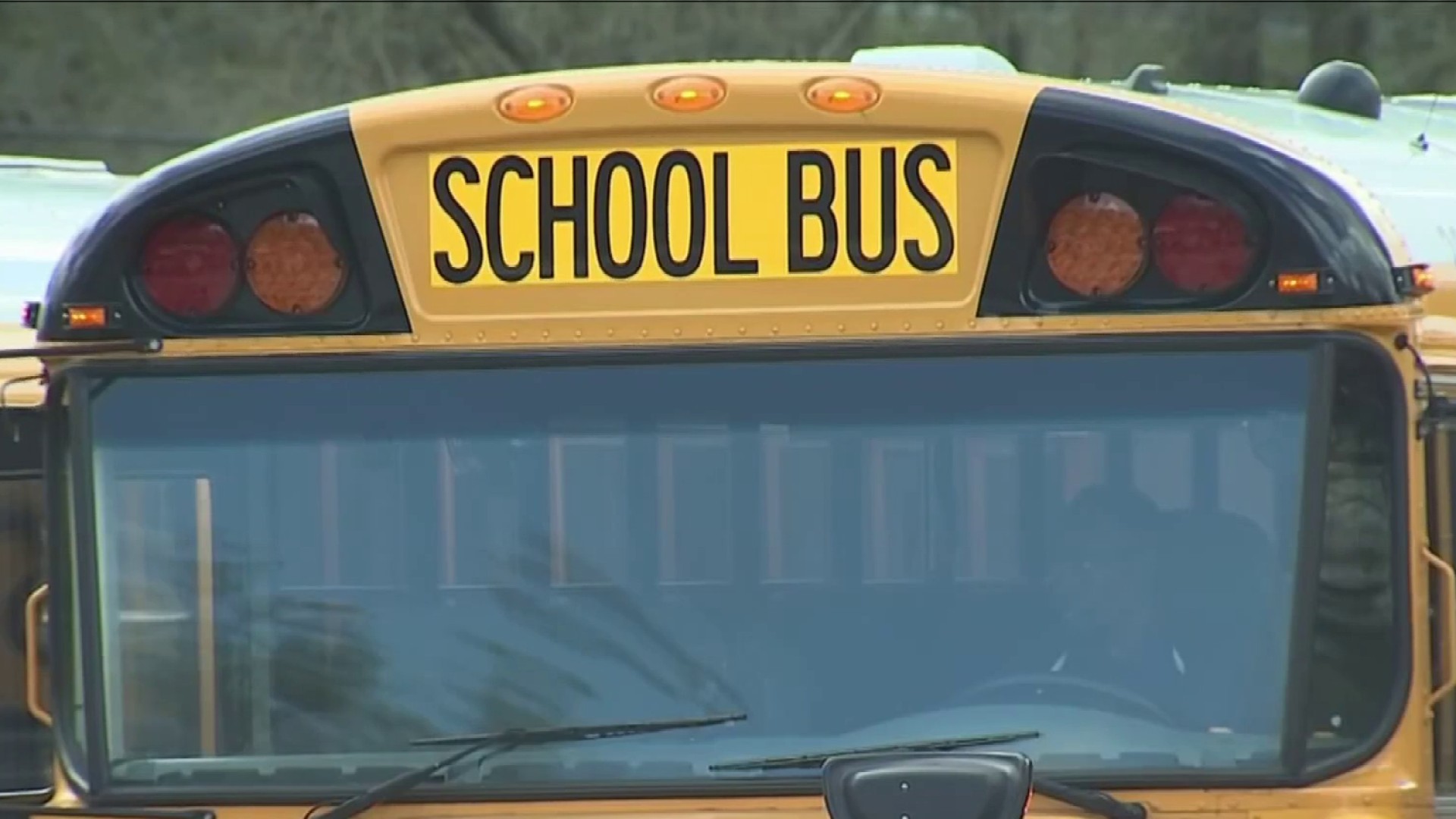The News4 I-Team checked out more than 100 automated external defibrillators – or AEDs – throughout the region but couldn’t actually find about twenty percent of them without asking a lot of questions.
We started searching for them after hearing the story of Falko Koehler.
The 48-year-old thought he was in great shape and never felt any pain. He had no idea his heart was about to stop.
“I play badminton every Saturday, and one Saturday I just collapsed,” he said.
[[368548951, C]]
When other players at Wisconsin Place rec center in Friendship Heights told Clovia Jones Koehler had collapsed, she went straight for the AED, she said.
“I just grabbed it,” she said. “I immediately went to him, opened the case and started the process."
Local
Washington, D.C., Maryland and Virginia local news, events and information
Her colleague Ashley Mendoza said they started working on Koehler within less than a minute because she knew exactly where to find the AED because each morning, at the start of their shift, Jones always checks to make sure the device is working.
"Those precious moments make a big difference between life and death," Mendoza said.
Montgomery County Fire Capt. Bob Lindsey agreed.
“The statistics show that if the patient is defibrillated within the first minute of cardiac arrest, a 90 percent chance of survival,” he explained. “For every minute after that, their chances of survival decrease by 10 percent."
He showed us how easy the devices are to use.
All you have to do is open the device, hit the button and the machine will tell you what to do.
Which is why Montgomery County Fire Chief Scott Goldstein said the devices should be out in the open -- available to everyone -- and never out of sight.
"If it's not in plain sight, it's not going to get used," he said.
But when the I-Team checked out those 100 AEDs throughout the area, it couldn't actually find one out of every five without having to call management and tracking them down.
For instance, at the Smithsonian, the I-Team found AEDs near the bathrooms at the Portrait Gallery but couldn’t find them at the Air and Space Museum.
A spokeswoman said they keep almost all 100 of their devices behind their security desks.
The I-Team couldn't locate AEDs in many malls, including the Fashion Centre at Pentagon City and Westfield Montgomery, who said their AEDs are onsite in security offices or on mobile units. A spokeswoman promised the officers can call for one in an emergency.
The I-Team found AEDs out in the open at D.C.'s Wilson Aquatic Center and Martin Luther King Junior Library but couldn't find them anywhere in the Wilson Building. It took several days for a spokesman to say they're located in the security office.
"If you don't know it's there, you as the bystander can't call for somebody else to grab the AED," Chief Goldstein said in response to what the I-Team found.
He explained buildings need to advertise they have the devices available by putting them in the most visible place possible because, as the I-Team found, multiple medical studies show the real reason people don't use defibrillators is they're locked up or people just don't see them.
"When we have an emergency, we revert back to muscle memory," Goldstein said. "We go back to our most basic skills. And having to dig through a cabinet or open a cabinet or a desk or a locker to get that medical equipment is not what's going to benefit the patient."
The I-Team checked out many Metro stations and found every device had been moved out of their boxes and into manager kiosks at each station. A spokeswoman told us the kiosks “offer a climate-controlled environment for the AEDs, which can be negatively affected by the extreme heat and cold at some stations, rendering them inoperable.”
Which is why both Jones and Mendoza said they’re not shy about asking where the devices are in every building they visit.
“I want to able to see the AED or know at least where it is,” Jones said. “Had we not had that AED machine, he would not have made it out of here."
It's a habit Koehler said he's especially thankful for.
"I would have really died,” he explained. “I was dead for a minute or two, but thanks to the defibrillator, I am alive again."
Reported by Tisha Thompson, produced by Rick Yarborough and Ashley Brown, shot by Jeff Piper and Steve Jones, and edited by Jeff Piper.



